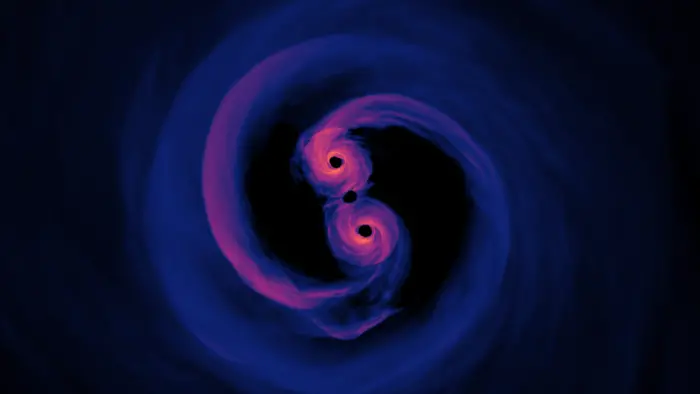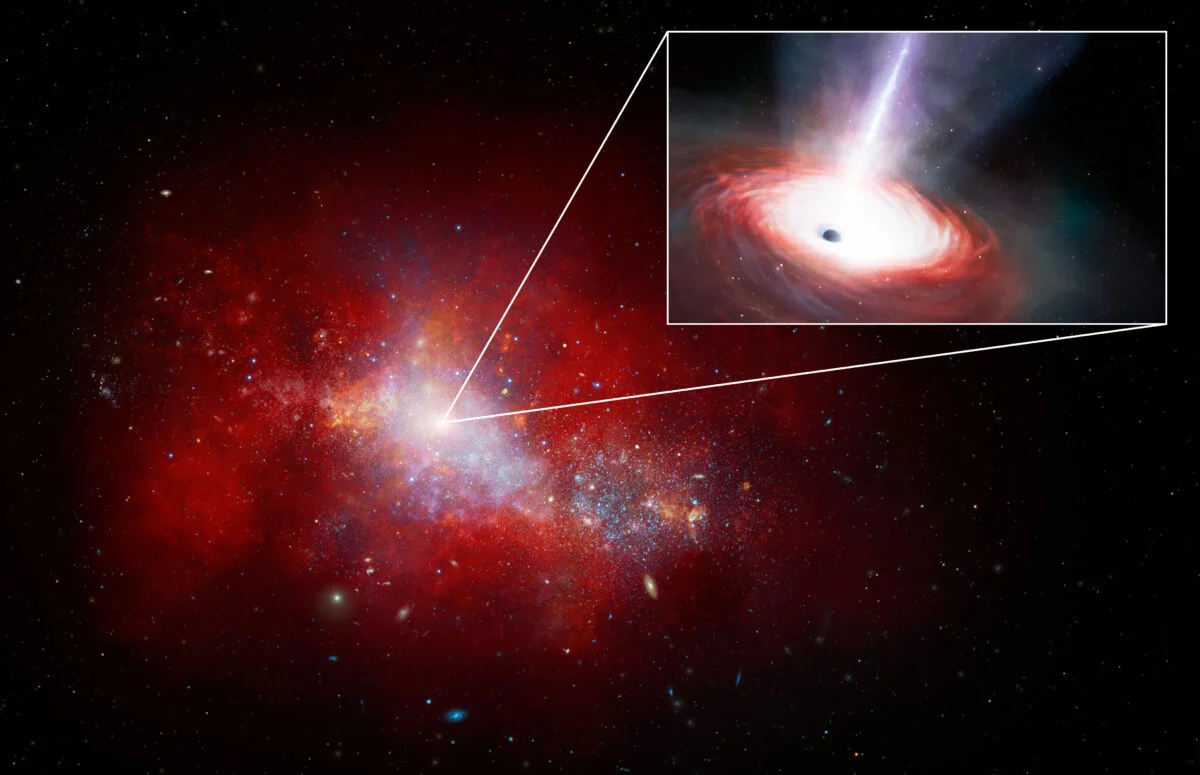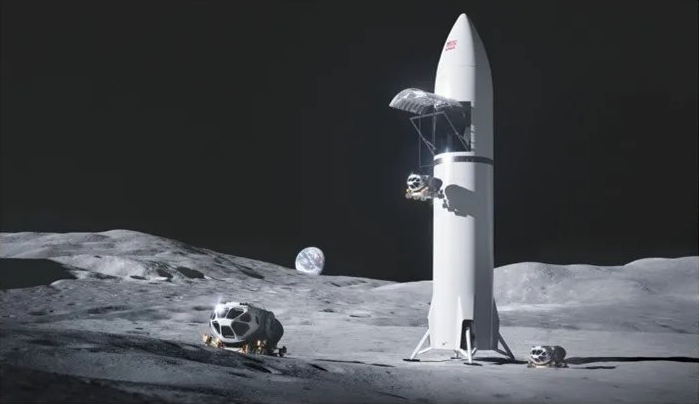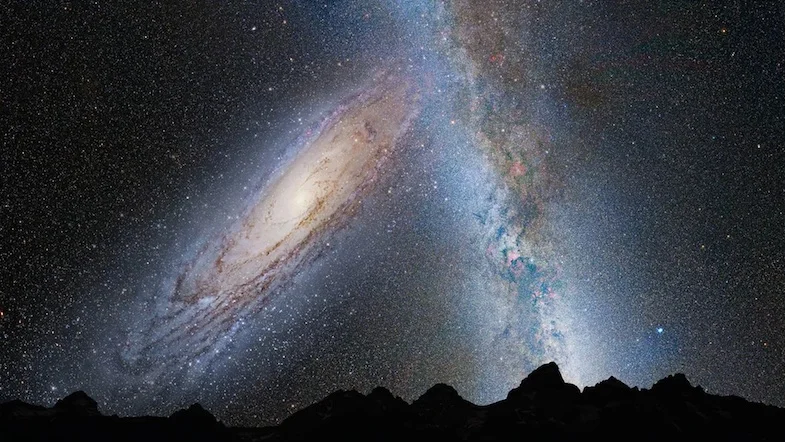
Why Weren’t Astronomers Sure That Supermassive Black Holes Could Merge?
- Exotic objects
- September 25, 2024
- 1134
The merging of supermassive black holes (SMBHs), each millions or billions of times the mass of the Sun, is a theoretically challenging process due to a phenomenon known as the final parsec problem. This issue highlights the difficulty in bringing two SMBHs close enough for gravitational waves to carry away their energy and allow them to merge.
The Journey to the Final Parsecs
When galaxies merge, their central SMBHs are drawn toward the center of the newly formed galaxy through a process called dynamical friction. This interaction involves the SMBHs encountering surrounding stars and gas. As the SMBHs gravitationally scatter these objects, the stars or gas clouds gain energy and momentum, while the black holes lose a small fraction of their own momentum. Over millions of years, this process causes the SMBHs to spiral closer together until they reach a separation of about 1 parsec (approximately 3.26 light-years).
The Stall: The Final Parsec Problem
At a 1-parsec distance, the environment near the SMBHs is effectively cleared of stars and gas due to their gravitational influence. With no material left to interact with, dynamical friction can no longer bring the black holes closer. This leads to a stall in their inward motion, potentially lasting for billions of years—longer than the age of the universe.
Gravitational waves, which are ripples in spacetime that can carry energy away from orbiting masses, become significant only when SMBHs are within 0.01 parsecs of each other. Thus, astronomers face a gap in understanding how SMBHs traverse the critical final parsec to merge.
Possible Solutions
Recent advancements have offered potential explanations for overcoming the final parsec problem:
- Third-Body Interactions: A third SMBH, introduced during subsequent galaxy mergers, could disrupt the binary system. Its presence could slingshot one SMBH out of the system, depleting energy from the remaining pair and bringing them closer together.
- Dense Stellar Environments: In regions with higher stellar densities, interactions with wandering stars might provide the necessary energy loss.
- Gas Dynamics: If residual gas exists in the central regions, it might influence the SMBHs’ movement, overcoming the stall.
- Revised Theoretical Models: Current simulations might oversimplify SMBH interactions, omitting effects like chaotic gravitational dynamics or the role of dark matter.
Observational Breakthroughs
In 2023, the NANOGrav collaboration detected a background hum of low-frequency gravitational waves. This signal is consistent with the waves expected from merging SMBHs, suggesting that the final parsec problem might be surmountable in real cosmic systems. While these waves have not yet been resolved into individual mergers, they provide strong evidence that SMBH mergers do occur and can potentially overcome the theoretical stall.
Looking Ahead
Astronomers are now focused on improving detection techniques for gravitational waves and identifying more binary SMBH systems. These efforts aim to provide the definitive proof needed to explain how these cosmic giants overcome the final parsec and merge, offering insights into galaxy evolution and the dynamics of black hole systems.



